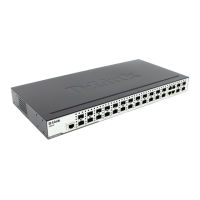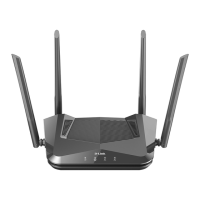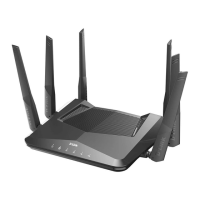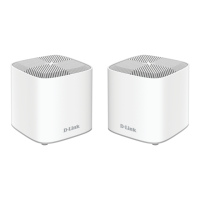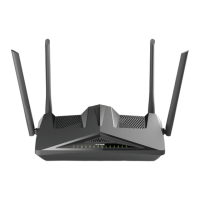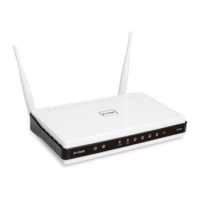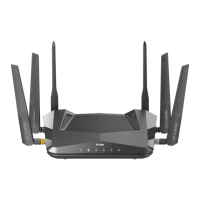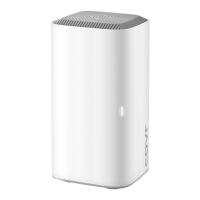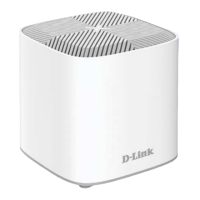xStack® DES-3200 Series Layer 2 Managed Fast Ethernet Switch
64
NOTE: The abbreviations used on this page are Tagged Port (T), Untagged Port (U) and Forbidden
Port (F).
Show VLAN Ports
Users can display the VLAN ports of the Switch's viewed by VID. Enter a Port or a Port List in the field at the top of
the window and click the Find button.
To view the following window, click L2 Features > VLAN > Show VLAN Ports, as show below:
Figure 4-17 Show VLAN Ports window
Click the View All button to display all the existing entries.
Enter a page number and click the Go button to navigate to a specific page when multiple pages exist.
QinQ
Double or Q-in-Q VLANs allow network providers to expand their VLAN configurations to place customer VLANs
within a larger inclusive VLAN, which adds a new layer to the VLAN configuration. This basically lets large ISP's
create L2 Virtual Private Networks and also create transparent LANs for their customers, which will connect two or
more customer LAN points without over-complicating configurations on the client's side. Not only will over-
complication be avoided, but also now the administrator has over 4000 VLANs in which over 4000 VLANs can be
placed, therefore greatly expanding the VLAN network and enabling greater support of customers utilizing multiple
VLANs on the network.
Double VLANs are basically VLAN tags placed within existing IEEE 802.1Q VLANs which we will call SPVIDs
(Service Provider VLAN IDs). These VLANs are marked by a TPID (Tagged Protocol ID), configured in hex form to
be encapsulated within the VLAN tag of the packet. This identifies the packet as double-tagged and segregates it
from other VLANs on the network, therefore creating a hierarchy of VLANs within a single packet.
Here is an example Double VLAN tagged packet.
Destination
Address
Source Address
SPVLAN (TPID
+ Service
Provider VLAN
Tag)
802.1Q
CEVLAN Tag
(TPID +
Customer VLAN
Ether Type Payload
Consider the example below:
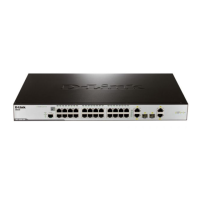
